For a watchmaking force like Arnold & Son, things move fast. Really fast. In the past three years alone, we’ve witnessed around 20 new movements coming out of this progressive manufacture; each with a distinct architecture and set of functions. While this ensures that both the press as well as the collector community continue paying attention to the brand, it does mean that some of its watches get less attention than they deserve. The Arnold & Son TBTE, released during Baslworld 2015, is one such piece.
Housed in a round rose-gold case that measures 44 mm wide (though it does taper down toward the wrist for a comfortable fit, even on slimmer wrists), the TBTE harmoniously blends old-world charm with more contemporary aesthetics.
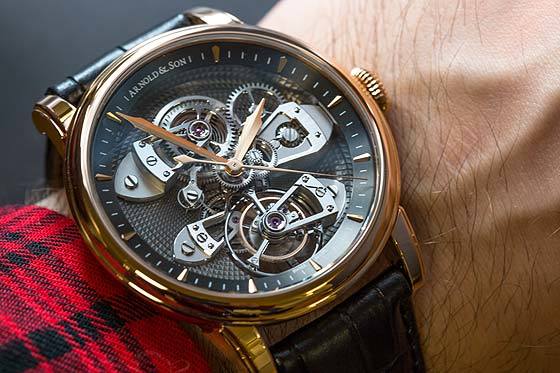
“TBTE” stands for True Beat Tourbillon Escapement. The True Beat (also known as “dead-beat”) seconds complication is one that Arnold & Son has featured extensively in the past few years, and with good reason. While its function may not be as immediately apparent as that of, say, a chronograph or calendar complication, the true-beat seconds indication was once an important feature in marine chronometers, when navigators required whole seconds to accurately determine longitude positions. And given Arnold & Son’s illustrious history in making precise marine chronometers for some of the most important expeditions of the 19th century, one could call the use of this feature a homage of sorts. Besides, even in today’s vast offering of haute horlogerie complications, the true-beat or dead-beat seconds remain something of a rarity.
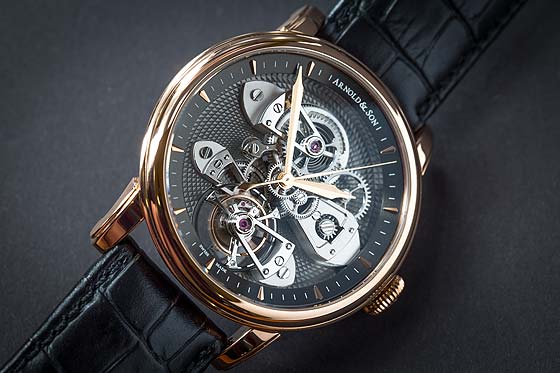
Like a number of other Arnold & Son movements, the TBTE’s A&S8503 caliber — developed and manufactured entirely in-house — features an inverted movement construction. That is to say, the more visually alluring enticements, such as the tourbillon escapement and mainspring barrel, are featured on the dial side of the baseplate.
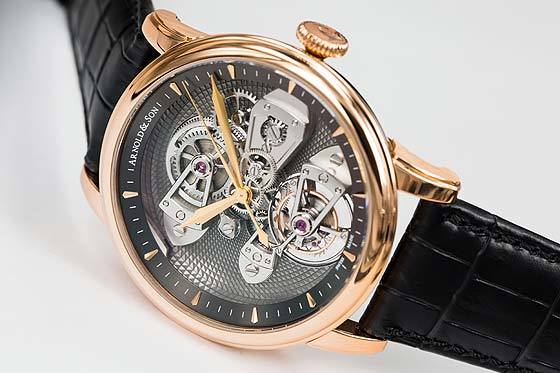
In motion, the TBTE provides a rare sight indeed, an almost paradoxical interplay between the smoothness of the constantly rotating tourbillon escapement and the sharp, stepped movements of the central true-beat seconds hand. And while other watches have boasted this combination of complications (the F.P. Journe Tourbillon Souverain comes to mind), none to my mind have executed them together in such a dramatic fashion.

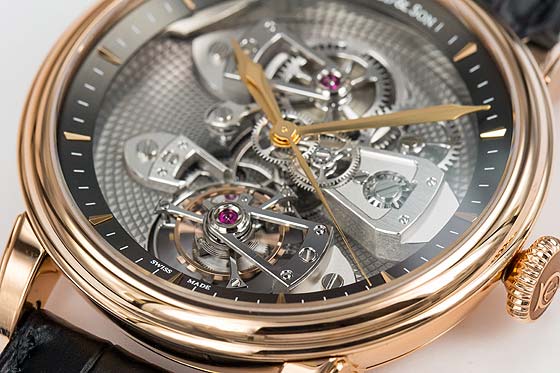
Even more noteworthy is that that there’s a clear and coherent balance in the way the numerous bridges are arranged so that the rubies line up perfectly from 12 to 6 o’clock. Once again, Arnold & Son exhibits not only technical prowess but design acumen.
Even though most of the action happens on the dial side of the TBTE, the caseback reveals something quite unique. Beneath the central, Celtic battle-axe-shaped bridge lays the true-beat seconds mechanism, with a visible single pallet lever and anchor-shaped counterweight winding then striking every second.
Other subtler features that would appeal to the discerning eye include asymmetrical “wolf’s teeth” in the winding gears, screwed gold chatons, and polished screws with beveled edges. The rest of the fine finishing, of course, leaves little to be desired, featuring hand-chamfered bridges and mirror-polished bridge tops.
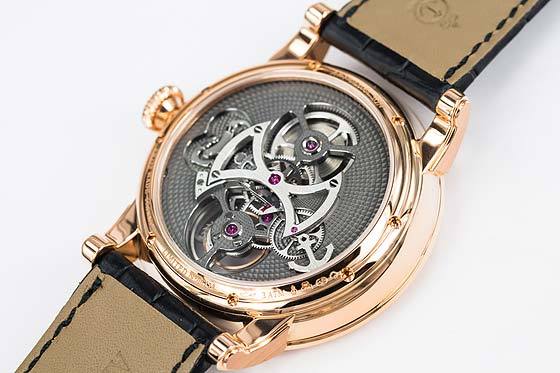
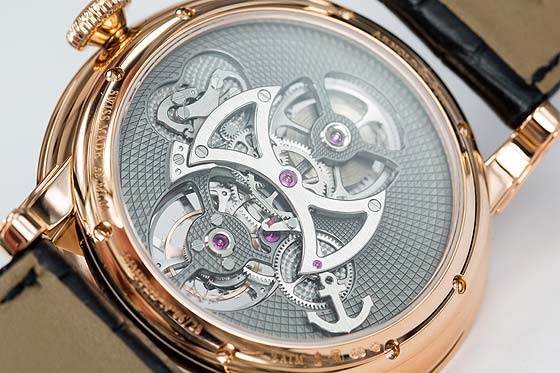
Overall the Arnold & Son TBTE is one of this brand’s finest implementations of its signature true-beat seconds mechanism, incorporating the three-dimensional and inherently English-inspired movement architecture from some of its other tourbillon movements while retaining its own identity.
The TBTE is limited to only 28 pieces and is part of Arnold & Son’s “Royal Collection.”





